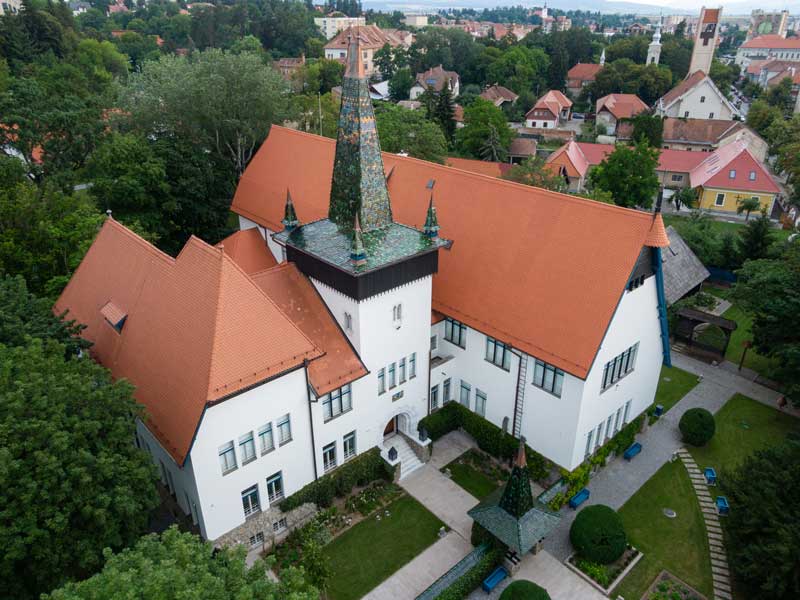Szekely National Museum
Kós Károly Street, no. 10, Sfântu Gheorghe

One of the oldest museum institutions in our country (with an age surpassed only by a few museums in Sibiu, Iași, Cluj and Bucharest), the National Secuiesc Museum opened in a mansion in the county in 1875, and entered quickly in the European scientific dialogue, in 1876, by participating in the International Congress of Ancient History and Anthropology, the 8th edition. Having moved to Sfântu Gheorghe, in 1879, he was immediately visited here by valuable scientists, such as the academician Nicolae Densuşianu. Musée Sicule National arrived with exhibits in Paris – in 1900, in Vienna; in 1906, he gained scientific authority in German, Russian and British circles, and between 1911-1912 he managed to erect his own building (the present one).
The museum was highly appreciated by the interwar and postwar Romanian elite. King Ferdinand I crossed his threshold even before the First World War, when, being in Sinaia, he took advantage of the opportunity and paid him a visit. After the unification of the country, already in 1920, the monarch returned here, ordering his ministers and the General Staff to follow his example in order to see something special - thus, shortly after, scholars such as Grigore Antipa or soldiers, such as General Constantin Sănătescu (future head of the first government after the Second World War) visited the museum.
During the war, the National Szekler Museum enjoyed the personal protection of the most important figure in the Romanian museology of the era, Alexandru Tzigara-Samurcaş, being the only museum outside of Bucharest that supported him in the effort to establish the National Museum of Arts. In 1925, the museum's collections were exhibited in Geneva. After a few years, between 1929-1937, the outdoor ethnographic exhibition was carried out, simultaneously with the first similar projects in the country (from Cluj and Bucharest).
In the first decade of the 21st century, the only Pashopist cannon preserved in the country, that of Áron Gábor, was brought from the National History Museum of Romania. Also, the 500-year-old Codicele Apor was restored; the MAGMA Contemporary Art Exhibition Space was established, within the Art Galleries, but also the Transylvanian Artistic Center.